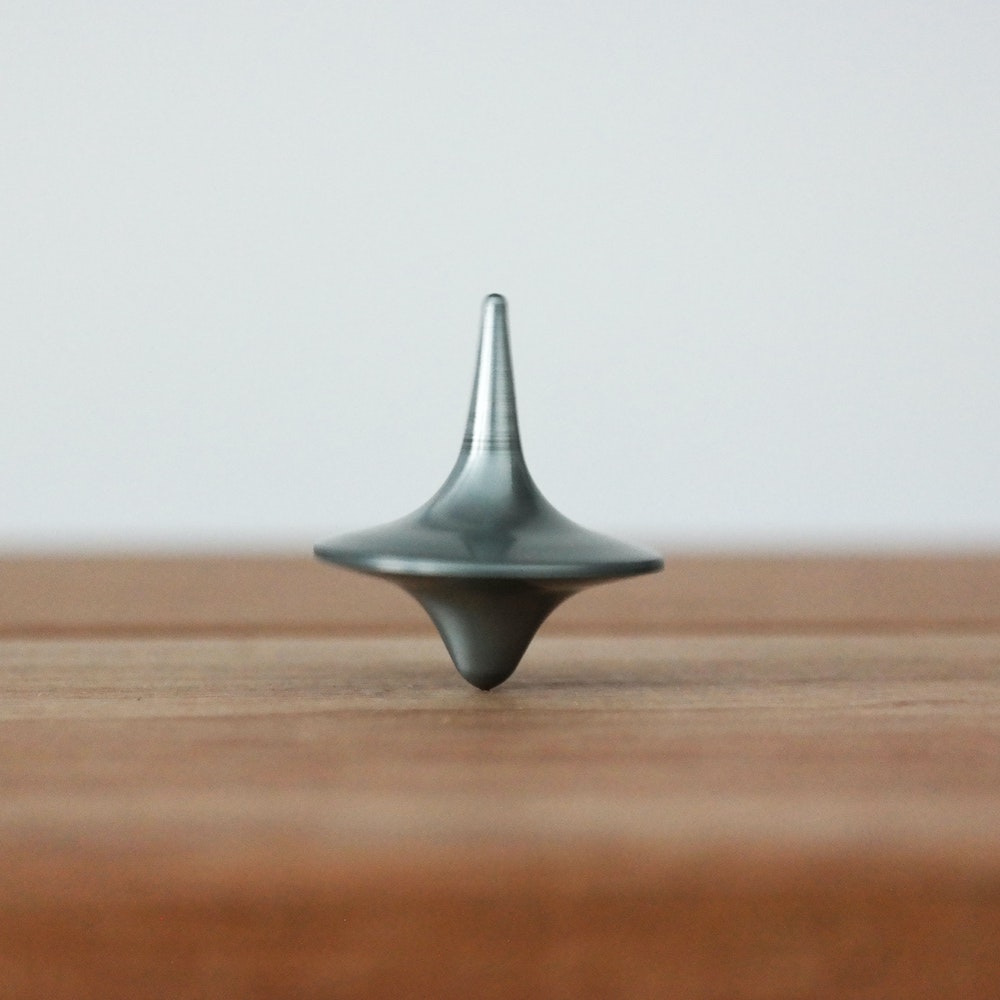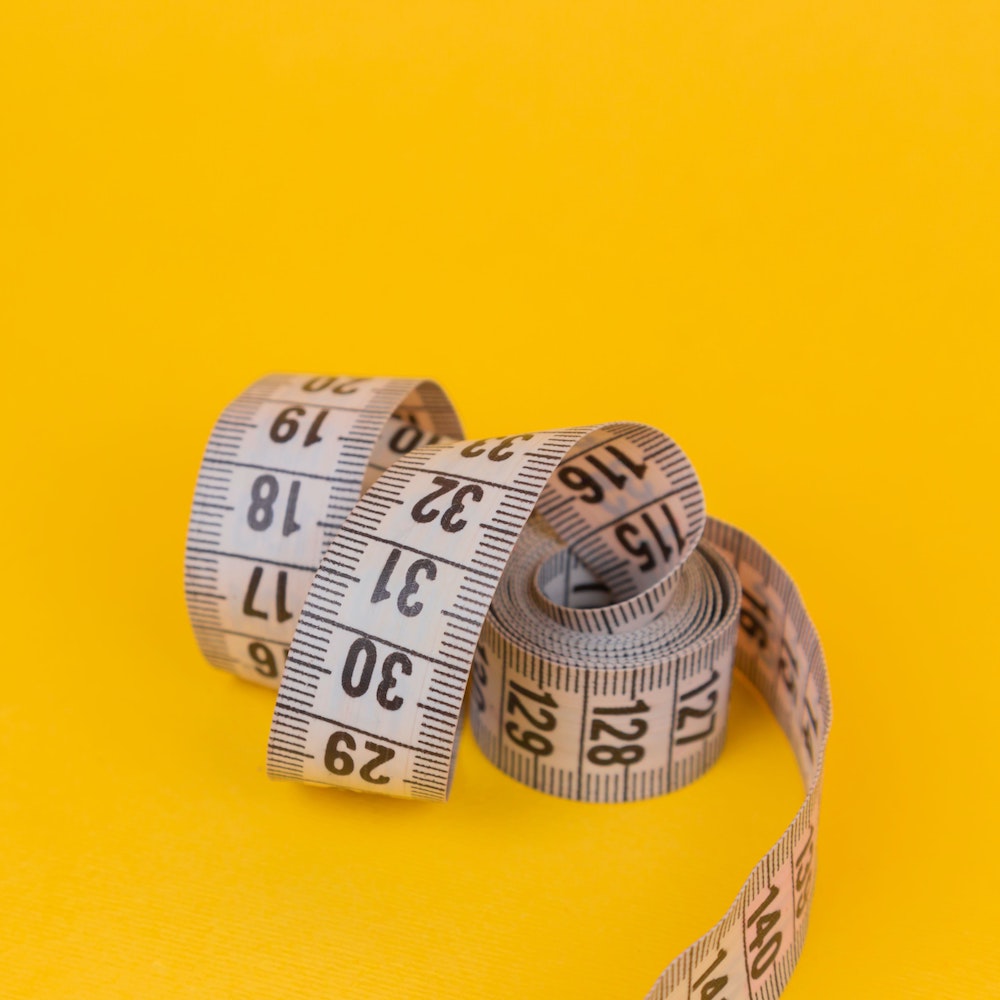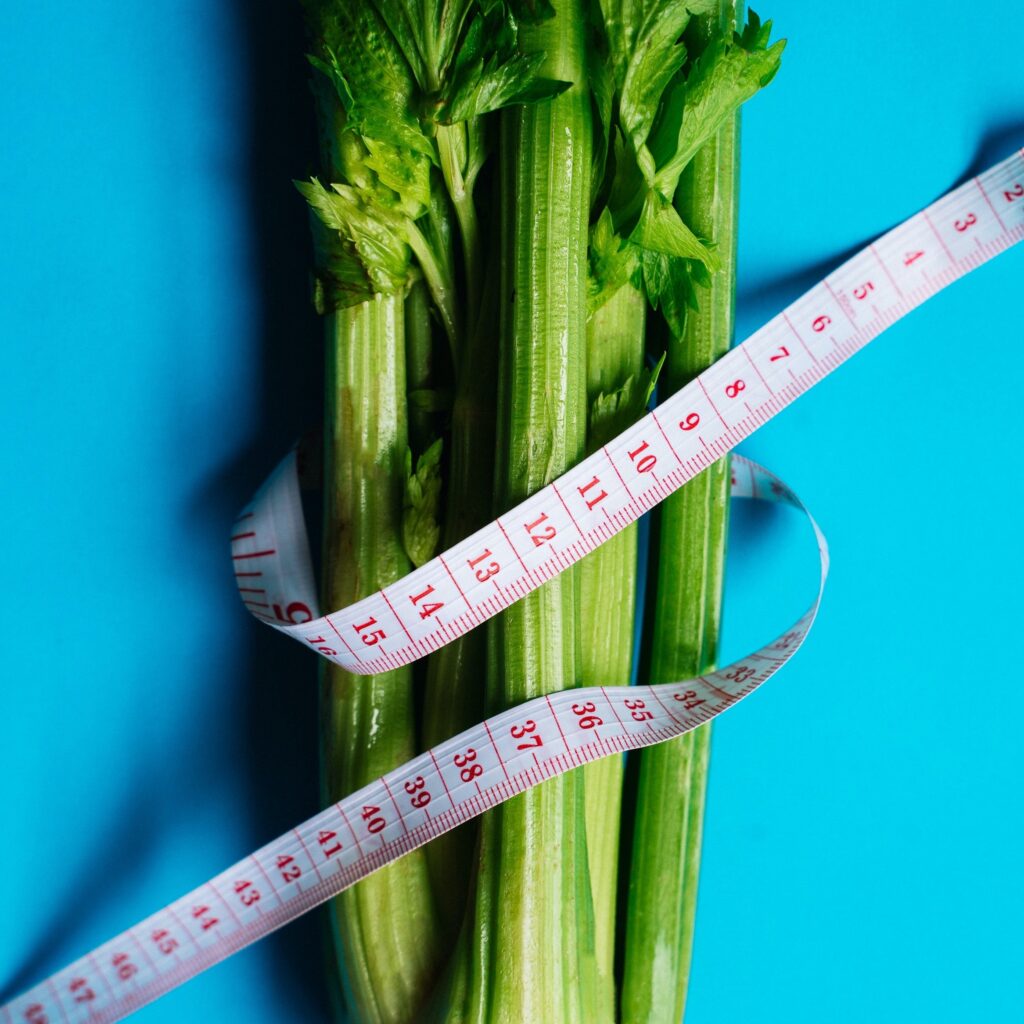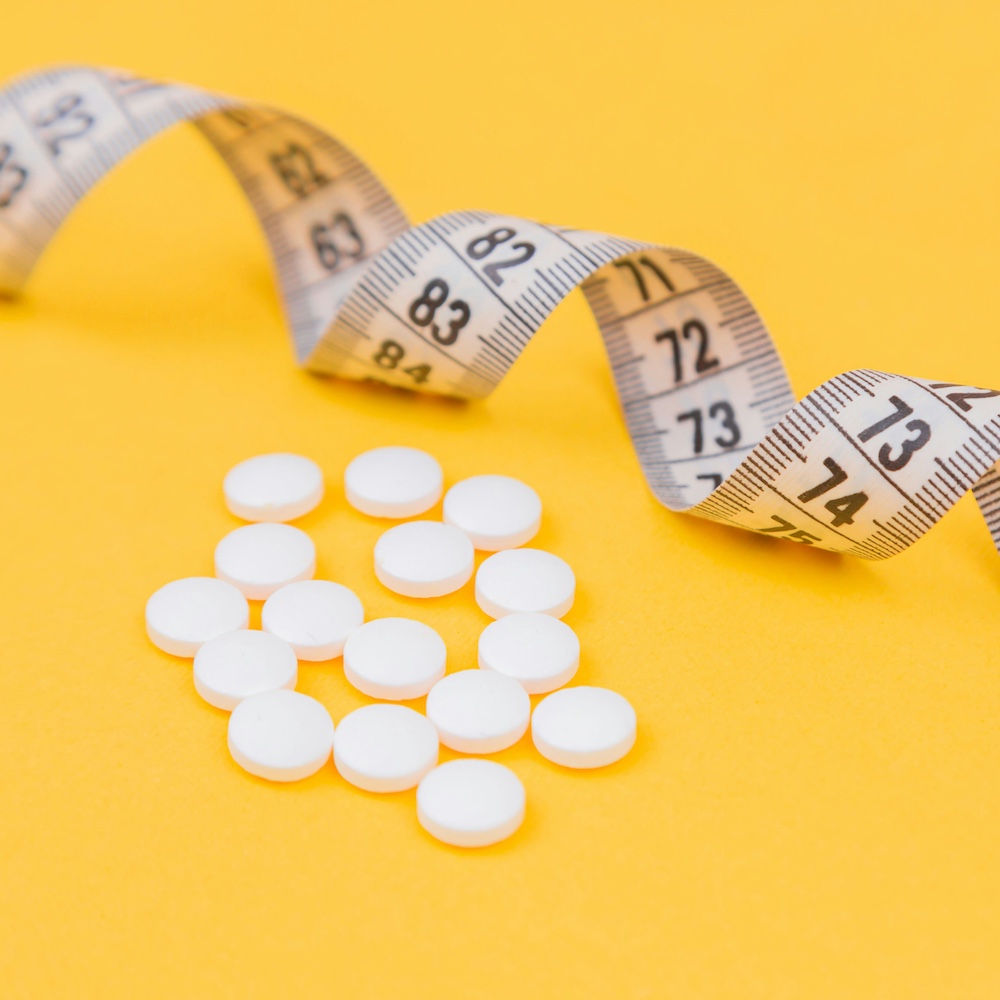BLOG
WEIGHT LOSS - BELLY FAT
ONLINE CONSULTATION
If you need a more personal approach I’m just a phone call away.
MEET SALLY!
In this video Sally will give you an introduction to the blog about belly fat.
Did you know …
- Belly fat, Abdominal fat, Tummy fat, Central Obesity can be mean much more than making your jeans too tight.
- It’s linked to an increase of serious health risks
- I’m not talking about that squishy layer right under your skin, the fluff or muffin top – the kind you can grab and pinch
- No it’s the deeper fat called visceral fat
- This fat packs around your intestines, liver, and stomach.
- It can also line your arteries
- And can be pretty risky for your health.
- Talking of pretty – come on guys belly fat is ugly
- Researchers think the amount of deep fat around your middle is a better gauge of whether you’re at risk of serious health problems than either your weight or your BMI (body mass index).
- Having belly fat is one of the signs of metabolic syndrome, others being high blood pressure, obesity, high cholesterol and insulin resistance.
- And too much of it could mean you’re more likely to get:
– Diabetes
– Fatty liver disease
– Heart disease
– High cholesterol
– Breast cancer
– Pancreatitis
- For this reason, losing this fat can have significant benefits for your health and well-being not forgetting your attractiveness and fitting in those jeans
- And you don’t need special diets or exercises to lose it
- Unfortunately body mass index (BMI) is still used to classify weight and predict the risk of metabolic disease.
- However, this is very misleading, as people with excess belly fat can be thin even underweight with a low BMI
- It’s called TOFI – Thin Outside Fat Inside
- Like all fat whether your body stores or burns belly fat is controlled by hormones
- You will NEVER burn fat if the fat storing hormone Insulin is at work
- We lose 50% or more of our fat burning hormones by the time we are 50, which is why belly fat is more prevalent in adults over 50
Statistics
- 10% of total body fat will be visceral fat.
- A woman whose waist measures 35 inches or more is likely to have excess visceral fat.
- In men, it’s 40 inches or more.
- Though if you’re of Asian descent, the benchmark for visceral fat drops to 31.5 inches for women and 35.5 inches for men.
- 50% of men and 70% of women in the US between the ages of 50 and 79 years now exceed the waist circumference threshold for central obesity
- WHO rapport from 2022 Obesity has reached “epidemic proportions” in Europe
- Across Europe, 59% of adults are overweight or obese as well as 8% of children under five and one in three children of school age
- Obesity prevalence in Europe is higher than in any other part of the world except the Americas
- UK ranks fourth for having the most overweight and obese adults, behind Israel, Malta and Turkey
- The report found European men were more likely to be overweight or obese overall
- Obesity diagnosis is still based on BMI.
Know your Visceral Fat
- Visceral fat is a type of fat that lies deep within your abdominal walls and surrounds your organs.
- Some level of visceral fat is necessary / healthy and helps protect your organs.
- However, too much visceral fat can be dangerous for your health.
- Visceral fat is sometimes called “active fat” because it plays an active role in how your body functions.
- Too much visceral fat can lead to serious health issues such as diabetes, heart disease and stroke.
- BTW – you may have a pretty flat tummy and still have visceral fat – called TOFI, or “thin outside fat inside
Difference between visceral fat and subcutaneous fat?
Subcutaneous fat
- Is fat that’s stored just beneath your skin
- You can pinch between your fingers.
- Stored in connective tissue pockets which can be visible typically in women
- This type of fat is often referred to as cellulite
Visceral fat is different
- Is stored behind your abdominal muscles
- Can’t be seen, only the bulge if its big enough
- It surrounds your stomach, liver, intestines and other organs.
Why visceral fat is dangerous
- Visceral fat is sometimes referred to as “active fat”
- Studies support the notion that visceral fat is an important endocrine organ involved in the complex interrelationship between obesity and systemic inflammation.
- It releases proteins and hormones that increase inflammation, such as such as interleukin (IL)-6, tumor necrosis factor-α (TNF-α), the hormone resistin
- Increased IL-6 secretion from visceral fat into the portal vein to the liver is involved in the pathogenesis of systemic metabolic abnormalities associated with abdominal obesity
- The excess inflammation can damage your arteries, enter your liver and negatively affect how your body breaks down sugars and fats
Symptoms of visceral fat?
- A growing belly is the most obvious sign of visceral fat,
- Which also contains subcutaneous fat, especially in women.
- Some studies show if you have a potbelly — or are more “apple-shaped” than “pear-shaped” — you may have more visceral fat.
What causes visceral fat?
- Genetic and environmental factors determine the amount of visceral fat you collect.
- Genetics determine your body shape and how your body stores fat in general.
- Men tend to store more visceral fat than women
- Women tend to store more visceral fat and subcutaneous fat on the tummy after menopause
- Environmental factors such as diet and exercise play a key role as well.
- A poor diet with high intake of fatty foods, especially trans fats and omega 6 fats and carbohydrates (sugars) and an inactive lifestyle provide the building blocks for an increase in visceral fat.
- Stress is a major factor too as Cortisol triggers the storage of more visceral fat.
How much visceral fat is normal?
- 10% of your body fat.
- Calculating by knowing your total body fat percentage and then taking off 10%.
- If your body fat percentage is higher than recommended, then your visceral fat range will be too.
Is visceral fat hard to lose?
- Visceral fat is actually easier to lose than subcutaneous fat.
- This is because it metabolizes quicker and your body can get rid of it as sweat or pee.
- If you start regularly exercising and eating a healthy diet, you should start to see results in two to three months.
Can Liposuction remove visceral fat?
- No only subcutaneous fat.
Burning Belly Fat
- There are no magic solutions to burning belly fat.
In short
- Sleep right
- Eat right
- Exercise right
- De-stress – aka think right, feel right
- Hormonally – Decrease Cortisol and Insulin
Sleep right
Get plenty of restful sleep
- Sleep is important for many aspects of your health, including weight.
- Studies show that people who don’t get enough sleep tend to gain more weight, which may include belly fat
- A 16-year study involving more than 68,000 women found that those who slept less than 5 hours per night were significantly more likely to gain belly fat than those who slept 7 hours or more per night
- Sleep apnoea, where breathing stops intermittently during the night, has also been linked to excess visceral fat
- Make sure you’re getting sufficient quality sleep ideally from 9.30/10pm
Eat Right
Avoid foods that contain trans-fats
- Trans fats are created by pumping hydrogen into unsaturated fats, such as soybean oil.
- They’re found in some margarines and spreads and also often added to packaged foods, but many food producers have stopped using them.
- These fats have been linked to inflammation, heart disease, insulin resistance, and abdominal fat gain in observational and animal studies
- A 6-year study found that monkeys who ate a high trans-fat diet gained 33% more abdominal fat than those eating a diet high in monounsaturated fat
- To help reduce belly fat and protect your health, read ingredient labels carefully and stay away from products that contain trans fats – often listed as partially hydrogenated fats.
Avoid excess alcohol
- Research suggests that too much alcohol can also make you gain belly fat.
- Observational studies link heavy alcohol consumption to a significantly increased risk of developing central obesity — that is, excess fat storage around the waist
- Cutting back on alcohol may help reduce your waist size.
- You don’t need to give it up altogether, but limiting the amount you drink in a single day can help.
- One study on alcohol use involved more than 2,000 people. Results showed those who drank alcohol daily but averaged less than one drink per day had less belly fat than those who drank less frequently but consumed more alcohol on the days they drank
Don’t Blame Beer
- Beer often takes the rap for a tubby tummy — hence the term “beer belly.”
- Studies suggest it’s a bit more complicated than that, though.
- The foamy stuff has plenty of calories.
- So it might make you gain weight.
- But it doesn’t necessarily make the fat settle around your middle.
- A more likely culprit?
- Sodas and other sweetened drinks.
- Some research has suggested that sugar can boost belly fat.
Avoid sugary foods
- Observational studies show a relationship between high sugar intake and increased abdominal fat
- Limit your intake of candy and processed foods high in added sugar.
Cut back on carbs — especially refined carbs
- Reducing your carb intake can be very beneficial for losing fat, including abdominal fat.
- Diets with under 50 grams of carbs per day cause belly fat loss in people who are overweight, those at risk for type 2 diabetes, and women with polycystic ovary syndrome (PCOS)
- Some research suggests that simply replacing refined carbs with unprocessed starchy carbs may improve metabolic health and reduce belly fat
- In the famous Framingham Heart Study, people with the highest consumption of whole grains were 17% less likely to have excess abdominal fat than those who consumed diets high in refined grains
Avoid sugar-sweetened beverages
- Sugar-sweetened beverages are loaded with liquid fructose, which can make you gain belly fat.
- Studies show that sugary drinks lead to increased fat in the liver.
- One 10-week study found significant abdominal fat gain in people who consumed high fructose beverages
- Sugary beverages appear to be even worse than high sugar foods.
- To lose belly fat completely avoid sugar-sweetened beverages such as:
– Soda
– Punch
– sweet tea
– alcoholic mixers containing sugar
Avoid fruit juices
- Although fruit juice provides vitamins and minerals, it’s just as high in sugar as soda and other sweetened beverages.
- Drinking large amounts may carry the same risk for abdominal fat gain
- An 8-ounce (240-mL) serving of unsweetened apple juice contains 24 grams of sugar,
- Replace fruit juice with water, unsweetened iced tea, or sparkling water with a wedge of lemon or lime
Increase Protein Intake
- Protein is an extremely important nutrient for weight management.
- High protein intake increases the release of the fullness hormone PYY, which decreases appetite and promotes fullness.
- Protein also raises your metabolic rate and helps you to retain muscle mass during weight loss
- Many observational studies show that people who eat more protein tend to have less abdominal fat than those who eat a lower protein diet
- Be sure to include a good protein source at every meal, such as:
– Meat
– Fish
– Eggs
– Dairy
– Whey protein
- BTW animal protein is superior to plant protein
– Easier to digest
– Has all essential amino acids
– Has no anti-nutrients (if the animal is grass fed and raised)
Eat more Omega 3 fats aka fish oils
- Omega 3 fats are incredibly healthy.
- Reduce inflammation
- Some evidence suggests that these Omega-3 fats may also help reduce visceral fat.
- Studies in adults and children with fatty liver disease show that Omega 3 oil supplements can significantly reduce liver and abdominal fat. BUY YOURS HERE
- Omega 3 fats in fish
– Salmon
– Herring
– Sardines
– Mackerel
– Anchovies
Add apple cider vinegar to your diet
- Drinking apple cider vinegar has impressive health benefits, including lowering blood sugar levels
- It contains acetic acid, which has been shown to reduce abdominal fat storage in several animal studies
- In a 12-week controlled study in men diagnosed with obesity, those who took 1 tablespoon (15 mL) of apple cider vinegar per day lost half an inch (1.4 cm) from their waists
- Dilute it with water, as undiluted vinegar can erode the enamel on your teeth.
- BUY YOUR HERE
Eat probiotic foods or take a probiotic supplement
- Probiotics are bacteria found in some foods and supplements.
- They have many health benefits, including helping improve gut health and enhancing immune function
- Researchers have found that different types of bacteria play a role in weight regulation and that having the right balance can help with weight loss, including loss of belly fat.
- Those shown to reduce belly fat include members of the Lactobacillus family
- Probiotic supplements typically contain several types of bacteria, so make sure you purchase one that provides Lactobacillus family
- BUY YOURS HERE
Intermittent fasting
- An eating pattern that cycles between periods of eating and periods of fasting
- Studies suggest that it may be one of the most effective ways to lose weight and belly fat.
- One popular method involves 24-hour fasts once or twice a week.
- Another consists of fasting every day for 16 hours and eating all your food within an 8-hour period.
- In a review of studies on intermittent fasting and alternate-day fasting, people experienced a 4–7% decrease in abdominal fat within 6–24 weeks.
- There’s some evidence that intermittent fasting, and fasting in general, may not be as beneficial for women as for men.
Drink green tea
- Green tea is an exceptionally healthy beverage.
- It contains caffeine and the antioxidant epigallocatechin gallate (EGCG),
- Both boost metabolism
- EGCG is a catechin, which several studies suggest may help you lose belly fat especially when green tea consumption is combined with exercise
- Just don’t load it up with honey or sugar.
Exercise Right
Exercise
- Exercise is an excellent way to reduce visceral fat.
- Include both cardiovascular exercise to raise heart rate, and strength training, to improve muscle mass which is energy hungry.
- One study involving teenagers with overweight showed that a combination of strength training and aerobic exercise led to the greatest decrease in visceral fat
- Cardio exercise 30- 60 minutes such as:
– Powerwalking
– Running
– Cycling
– Swimming
– Aerobics
– Circuit training
- Strength training such as H:I:R:T:
– Squats
– Weights
– Push-ups
Fidgeting Counts
- Talk with your hands
- Tap your feet to tunes
- Be hyper
- Fidgeting might not be “exercise,” and it won’t build muscle or stamina. But it counts as activity, and it burns calories.
- So the next time someone says you fidget too much, you can say you’re burning belly fat.
Track your food intake and exercise
- Keeping a food diary or using an online food tracker or app can help you monitor your intake of carbs, proteins and fats and fibre
- Combine this with your exercise and physical activity.
De-stress
Reduce your stress levels
- Stress can make you gain belly fat by triggering the adrenal glands to produce more Cortisol, which is also known as the stress hormone.
- Research shows that high Cortisol levels increase appetite and drive abdominal fat storage
- What’s more, women who already have a large waist tend to produce more Cortisol in response to stress.
- Increased Cortisol further adds to fat gain around the middle
- To help reduce belly fat, engage in pleasurable activities that relieve stress.
- Practicing yoga or meditation can be effective methods
- How much energy are you using on negative destructive limiting thoughts? – just remember they are increasing Cortisol production and storing fat on your tummy
Decrease Cortisol and Insulin
Cortisol
- Understand why Cortisol is being over produced – is it blood sugar levels to cope with stress, is it chronic inflammation
- Respect Cortisol’s natural production cycle
– 6am – 6pm activity and food
– 6pm – 6am rest and fasting
- Keep blood sugar stabile – low blood sugar triggers Cortisol production
- Measure inflammation – CRP, Omega 3 : 6 ratio, etc
- Reduce inflammation – remove Omega 6 fats – seed oils and margarines (all processed foods)
- Increase Omega 3 – fish oils
Insulin
- Understand why Insulin is being over produced – is it high blood sugar levels, is it Insulin resistance
- Increase muscle mass
- Intermittent fasting
- Improve gut health.
Ways to Measure Belly Fat
Waist circumference
- This is a measurement of your waist to check if you are carrying too much fat around your abdomen (belly).
- You can have a healthy BMI and still have excess abdominal fat, meaning you are still at risk of heart disease, type 2 diabetes and stroke.
- For women, 35 inches or more means you’re at risk for health problems
- For men, the number is 40 inches or more
The plus side
- All you need is a tape measure.
- It’s a good way to measure fat round your abdomen.
- When measured properly, its accuracy is typically within 5 per cent of the body fat value measured using underwater weighing, which is one of the most accurate ways of measuring body composition.
The down side
- For an accurate reading you need to know where to place the measuring tape.
- Wrap a tape measure around the waist midpoint between the bottom of your ribs and top of your hips. For most people this is just above the belly button.
Waist: hip ratio
- Apple and pear body shapes
- This is the ratio of waist circumference to the hip circumference.
- The higher the ratio, the more fat is stored around the waist or abdomen – in other words, an “apple shape”.
- This shape poses a greater health risk than fat stored elsewhere in the body (a “pear shape”).
The plus side
- All you need is a tape measure and a simple calculation: waist measurement divided by hip measurement.
- You can use any units as it is only the ratio that is important.
- High risk is defined as a waist-hip ratio
- Above 0.90 for males
- Above 0.85 for females.
The down side
- You need to know where to place the measuring tape – measure the circumference of your hips at the widest point of your buttocks.
- For your waist circumference you need to measure around the waist, midway between the bottom of your ribs and top of your hips.
Waist-height ratio
- Divide your waist size by your height.
- A healthy ratio is no greater than 0.5 (in men and women).
- Some healthcare providers prefer the waist-height ratio.
Skinfold measurements – callipers or “the pinch test”
- Skinfold callipers measure the thickness of your subcutaneous fat – the fat underneath the skin.
The plus side
- Callipers are the cheapest, easiest and most portable method to measure body fat
- You can pick up a set of callipers for £5-£10 online.
- Professional assessment can be around £50.
The down side
- Doesn’t measure visceral fat
Bio impedance – “smart scales”
- Smart scales measure body fat percentage and an estimation of visceral fat.
- They work by sending tiny electrical impulses through the body and measuring how quickly they return.
- This works because the current flows more easily through the parts of the body that are mostly made up of water, such as muscle and blood, than through fat or bone.
The plus side
- Simple and quick.
- The measurement can be taken as easily as standing on scales.
- The percentage of visceral fat is given instantly.
- Some will also connect to a fitness app so you can track your progress.
The down side
- The reliability of the results can vary
- If you’re dehydrated then the amount of body fat will be overestimated.
- You also need to take the measurements in similar conditions to get reliable and accurate results.
- They are not suitable for people with pacemakers.
- Some are relatively inexpensive (£15-50), but some models can be pricey.
Hydrostatic weighing (underwater weighing)
- Underwater weighing measures your density, which is then used to estimate body fat.
- Fat is less dense than bone and muscle, so a person with a higher percentage of fat will weigh less underwater, relative to the amount of water they displace, and be more buoyant.
- You will need to sit on an underwater mounted chair and scale. Once you have expelled all the air from your lungs, you will be lowered into a tank of water until fully submerged and remain motionless while the underwater weight is measured.
The plus side
- It is a very accurate technique.
- Consistent results means that it is a reliable method to measure progress.
The down side
- The test does not identify the exact parts of the body where the fat is located ie doesn’t measure visceral fat
- Most tanks are located at universities or research institutions and may not be open to the public.
- At around £40 a go, it’s not cheap.
- It needs considerable commitment, as it requires you to be fully submerged for 5-7 seconds and repeated 2-3 times, so it’s not suitable for the elderly or children.
- This method is also not the best for assessing athletes, as they have denser bones.
Air displacement – Bod Pod
- The Bod Pod technology is similar to underwater weighing but uses air instead of water.
- You are weighed before sitting in a small ‘pod’ machine.
- By measuring how much air is displaced whilst in the ‘pod’, body density is measured from which body fat can be calculated.
The plus side
- It is safe, non-invasive and fast.
- It is very accurate with excellent reliability for repeat tests.
- Unlike underwater weighing, the Bod Pod does not require getting wet.
- The pod accommodates people of any age, shape and size and is accurate for groups including children, obese, elderly, and disabled people.
The down side
- The test does not identify the exact parts of the body where the fat is located ie doesn’t measure visceral fat
- It is unlikely to be found in your local gym, mainly in research and academic institutions. It can be costly – from £40-60.
- Some people may find it claustrophobic.
DEXA (Dual Energy X-ray Absorptiometry)
- DEXA is more commonly used to assess bone density, but can also be used to measure body composition.
- You lie still on a table while a machine arm passes over your entire body, which emits a high- and a low-energy X-ray beam.
- It is considered the gold standard for measuring body composition and visceral fat.
- By measuring the absorption of each beam into parts of the body, technicians can get readings for bone mineral density, lean body mass and fat mass.
The plus side
- This method is safe, precise, reliable and quick – around 4 minutes.
- It tells you not just how much fat you’re carrying, but how it’s distributed around your body ie visceral fat
The down side
- The high level of accuracy comes with a price tag.
- One scan can cost more than £100.
The “thigh gap” test
- This is based on the premise if you can stand with your legs together and see a gap between your thighs – ‘a thigh gap’ – you’re slim.
- For some it is seen as a desirable shape and something to aim for, but it is not necessarily healthy or normal.
The plus side
- None
- There is no health benefit to having a thigh gap.
- Whether you have a thigh gap is due to your bone structure and body shape, not if you are thin or not. If your hips are wider in relation to your knees, you will have more curves compared to those with narrower hips, even if you are the same weight.
- Also, most women’s bodies accumulate either muscle or fat in the thigh area, which can also cause a closure of any gap.
The down side
- Having goals that are purely based on aesthetics rather than health or performance can leave you frustrated and knock your body-image.
- And it might distract you from using a more sensible measurement (like waist measurement) instead.
Circumference body fat calculator
- This method to estimate body fat works by entering a number of body circumference measurements, such as waist, hip, forearm, as well as your gender height and weight, into a calculator based on the US Navy body fat formula.
- There are various websites that will calculate this for you, using the measurements you take.
The plus side
- You only need a measuring tape.
The down side
- For accurate readings you need to know where to place the measuring tape. It is only an estimate of body fat.
Body mass index (BMI)
- BMI measures your body fat based on your height and weight.
- A BMI of 30 or more (in men and women) indicates you may be overweight and could have a higher level of visceral fat.
The plus side
- You just need your height and weight measurement.
The down side
- It doesn’t account for what your weight is composed of ie. you may have lots of muscle tissue which weighs more than fat, which is the reason for the higher weight
The bottom line
- Expensive, in-a-lab methods are the most accurate
- Callipers probably give the best trade-off between cost, convenience and accuracy.
- But if you are just looking to monitor your progress, noticing how your clothes fit is as good as anything tooo.
WANT MORE?
CHECK OUT THE OTHER BLOGS ABOUT WEIGHT LOSS
ONLINE CONSULTATION
If you need a more personal approach I’m just a phone call away.
Questions? Please don't hesitate to contact me








